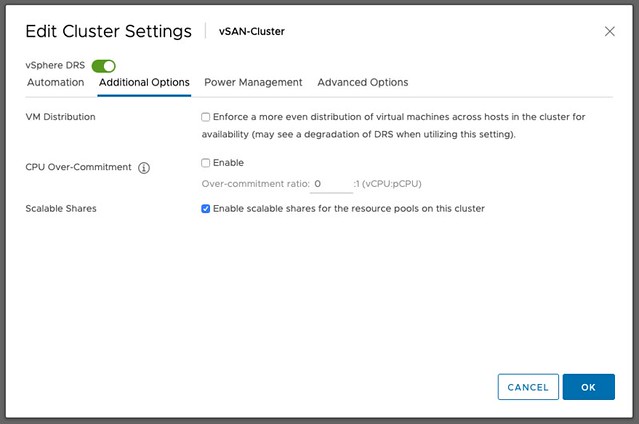In the vSphere 7.0 Update 1 release VMware introduced a new service called the VMware vSphere Cluster Services (vCLS). vCLS provides a mechanism that allows VMware to decouple both vSphere DRS and vSphere HA from vCenter Server. Niels Hagoort wrote a lengthy article on this topic here. You may wonder why VMware introduces this, well as Niels states. by decoupling the clustering services (DRS and HA) from vCenter Server via vCLS we ensure the availability of critical services even when vCenter Server is impacted by a failure.

vCLS is a collection of multiple VMs which, over time, will be the backbone for all clustering services. In the 7.0 U1 release a subset of DRS functionality is enabled through vCLS. Over the past week(s) I have seen many questions coming in and I wanted to create a blog with answers to these questions. When new questions or considerations come up, I will add these to the list below.
[Read more…] about VMware vSphere Cluster Services (vCLS) considerations, questions and answers.


